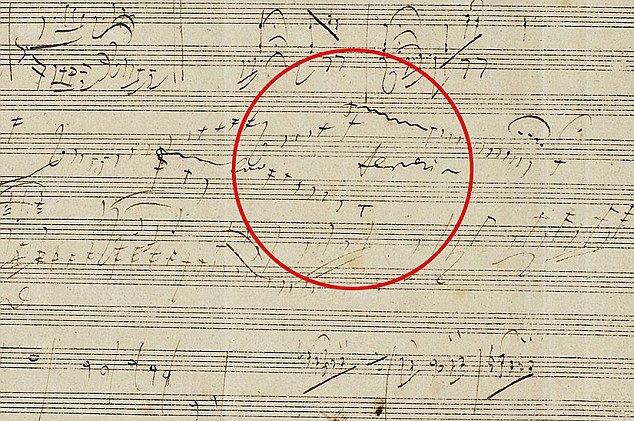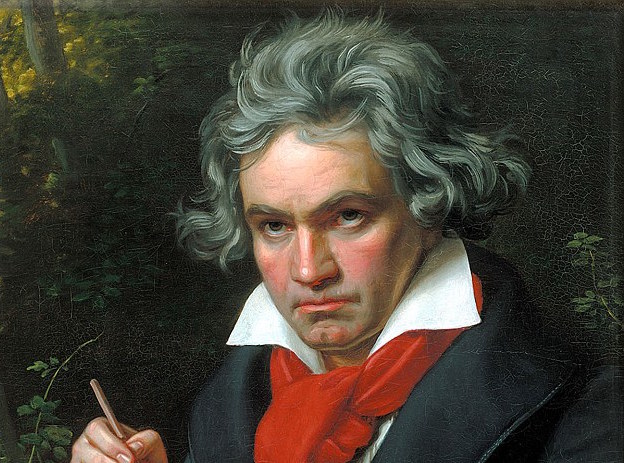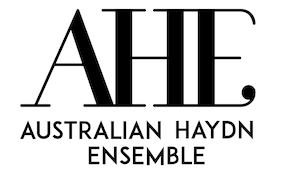A handwritten sketch-leaf believed to be an early draft of one of the composer’s greatest works is to be offered at auction.
As reported in The Times, a previously unknown “musical doodle” by Beethoven could just contain the flash of inspiration for the famous cadenza that opens his Piano Concerto No 5, popularly known simply as The Emperor.
 The sketch-leaf showing the cadenza thought to be an early inspiration for the Emperor piano concerto
The sketch-leaf showing the cadenza thought to be an early inspiration for the Emperor piano concerto
Discovered in the private library of “an English bibliophile”, scholars believe that the loose sheet of paper marked with rough handwritten notes by the composer is an early draft of the Emperor’s famous themes and shows how the composer improvised on paper while hearing music in his head. The handwritten note is expected to fetch between £150,000 and £200,000 ($255,000 to $341,000) when it is offered at auction by Sotheby’s in London.
Simon Maguire, director of books and manuscripts at Sotheby’s, said: “This is a rare opportunity to acquire an unpublished draft for one of Beethoven’s greatest works. In this sketch-leaf, Beethoven’s working process is laid bare. The concerto evolves before our very eyes; fragmentary sketches at the top of the page would later be included in two different movements and by the bottom of the page, the sketch for the first movement has been further developed by the composer. The sketch-leaf gives an insight into his experimental approach, as much of the later passagework was not incorporated by Beethoven in his final version.”
 Beethoven improvised on paper while hearing the notes in his head
Beethoven improvised on paper while hearing the notes in his head
Speaking to The Times, Nick Marston, an authority on Beethoven and professor of music theory at King’s College, Cambridge, said: “He may just have been doodling or trying out some kind of figuration, just for the hell of it, but there’s a fine line between doodling and finding out that you’ve written down something really important. If you go to the seventh stave, I’m 99.9 per cent certain it is a very accurate sketch of the cadenza that opens the first movement. The notes are different but the underpinning harmonic scheme is the same. He also establishes the exact same expanse of the keyboard that was used in the final version of the score.”
Noting that there are also fragments of the third movement, Marston said: “If this leaf is as early in the compositional stage as Sotheby’s claim, then it shows that Beethoven already has a clear vision of the whole concerto, including the piano cadenza that ought to come at the end of the movement. It gives a really interesting window into the creative mind and what are the ideas that appear first.”
Beethoven’s Piano Concerto No 5 is dedicated to Archduke Rudolf of Austria, Beethoven’s only compositional student, who began taking lessons from the German composer aged 15 or 16 and became one of his most important patrons. Written between 1809 and 1811 when Beethoven had lost most of his hearing, the groundbreaking work was Beethoven’s last piano concerto. Most of the surviving drafts for the Emperor are in two sketch-books in the Deutsche Staatsbibliothek, Berlin. The ‘musical doodle’ will be part of a sale at Sotheby’s on October 20.












Comments
Log in to join the conversation.